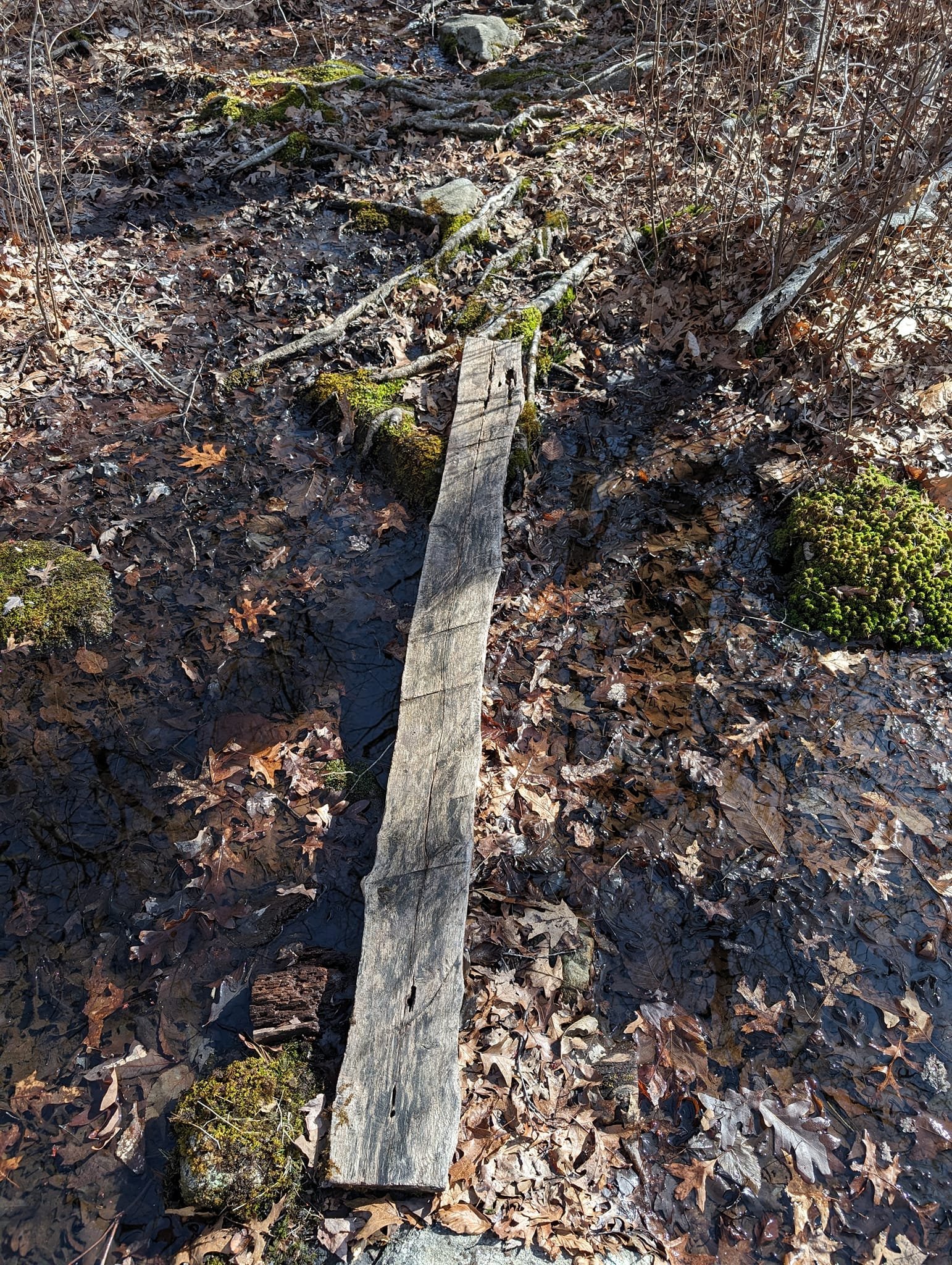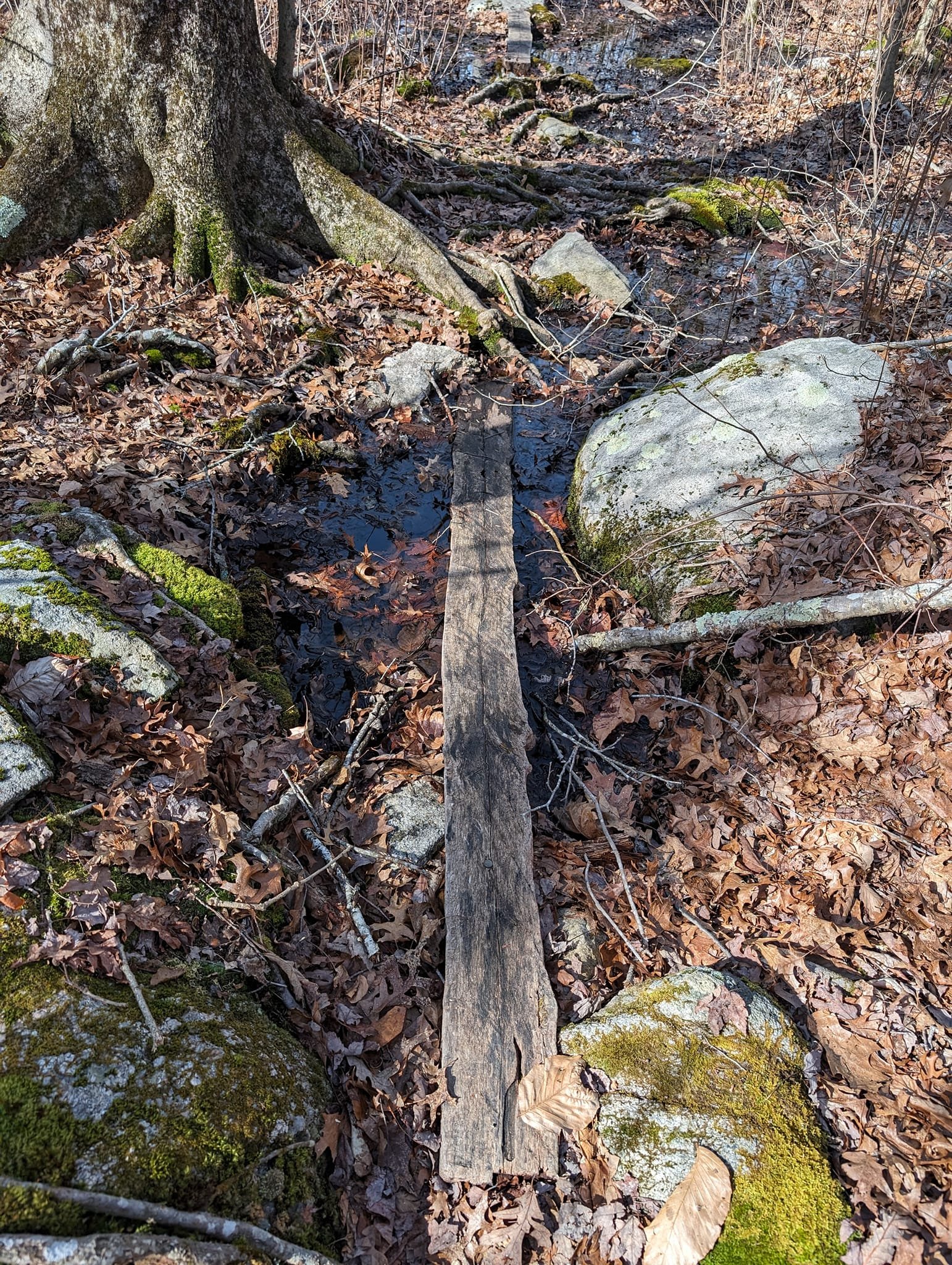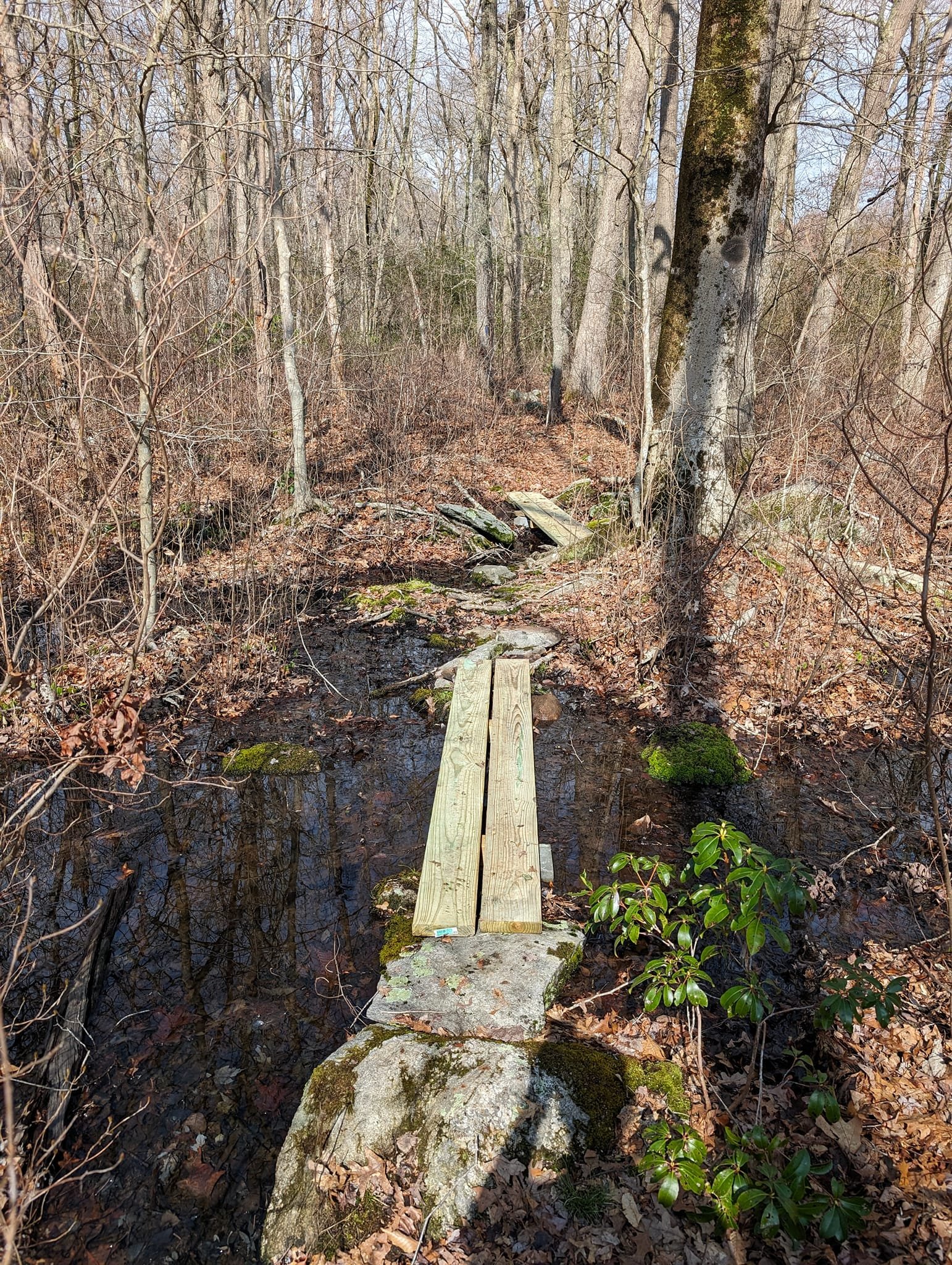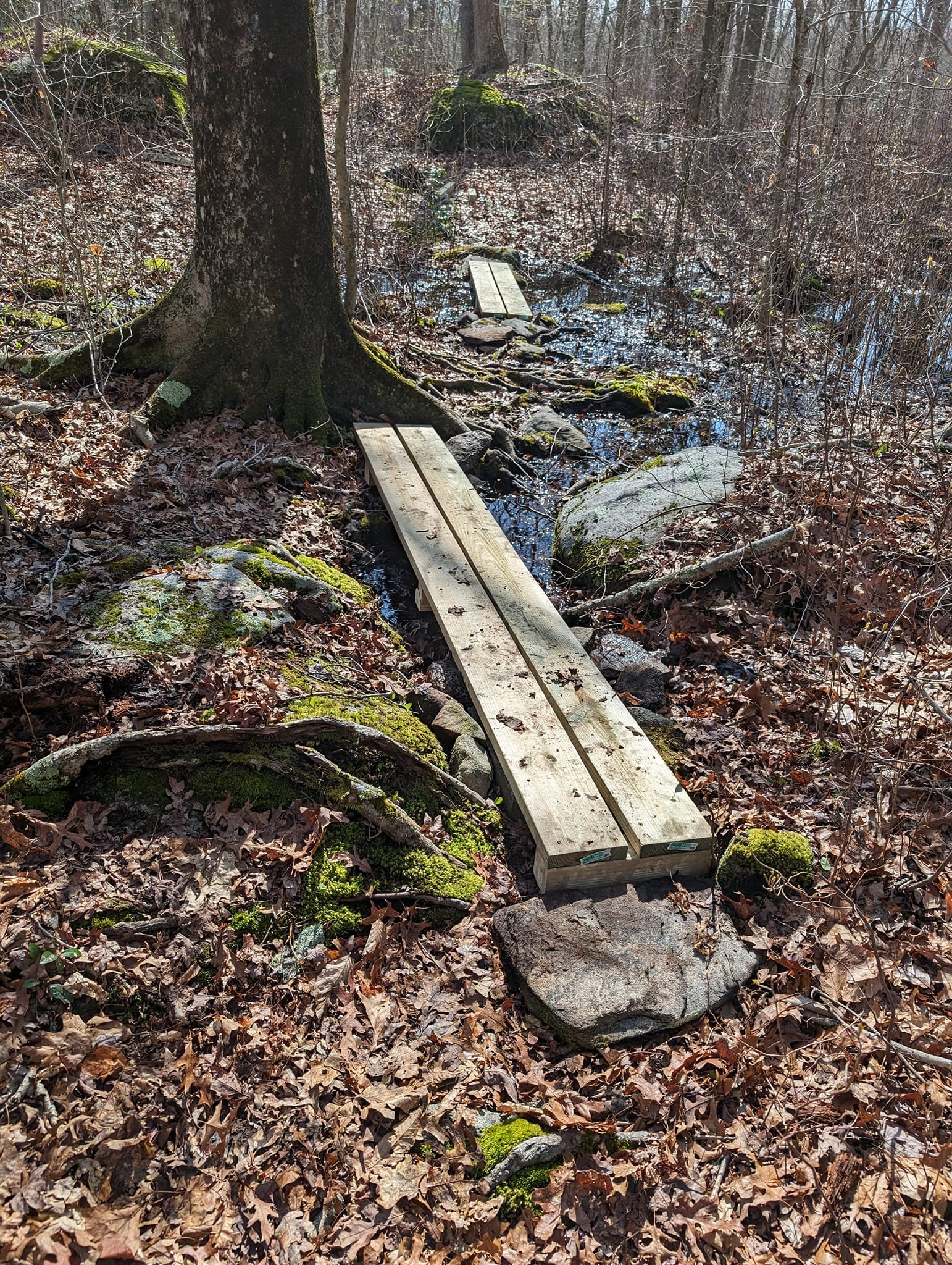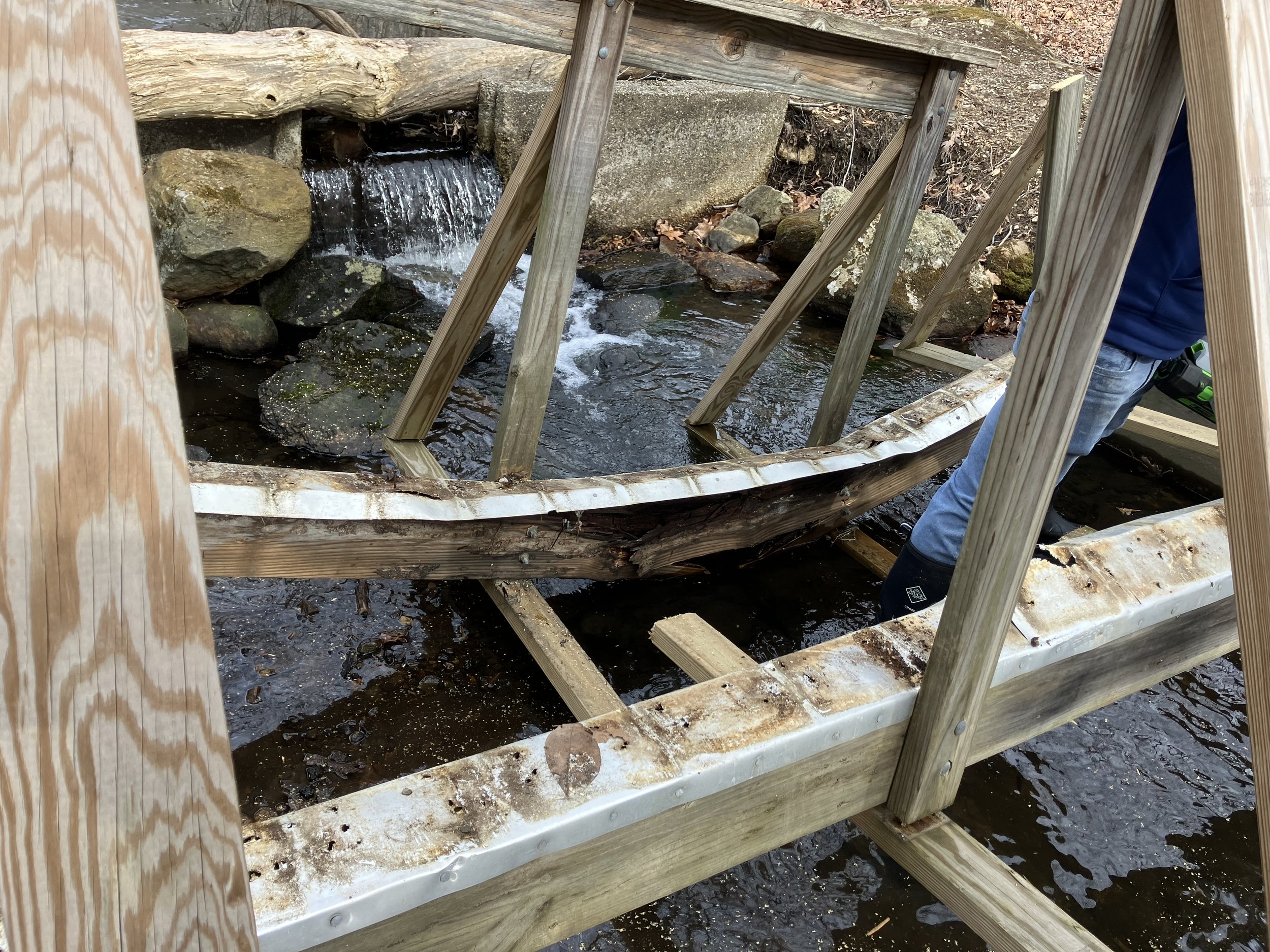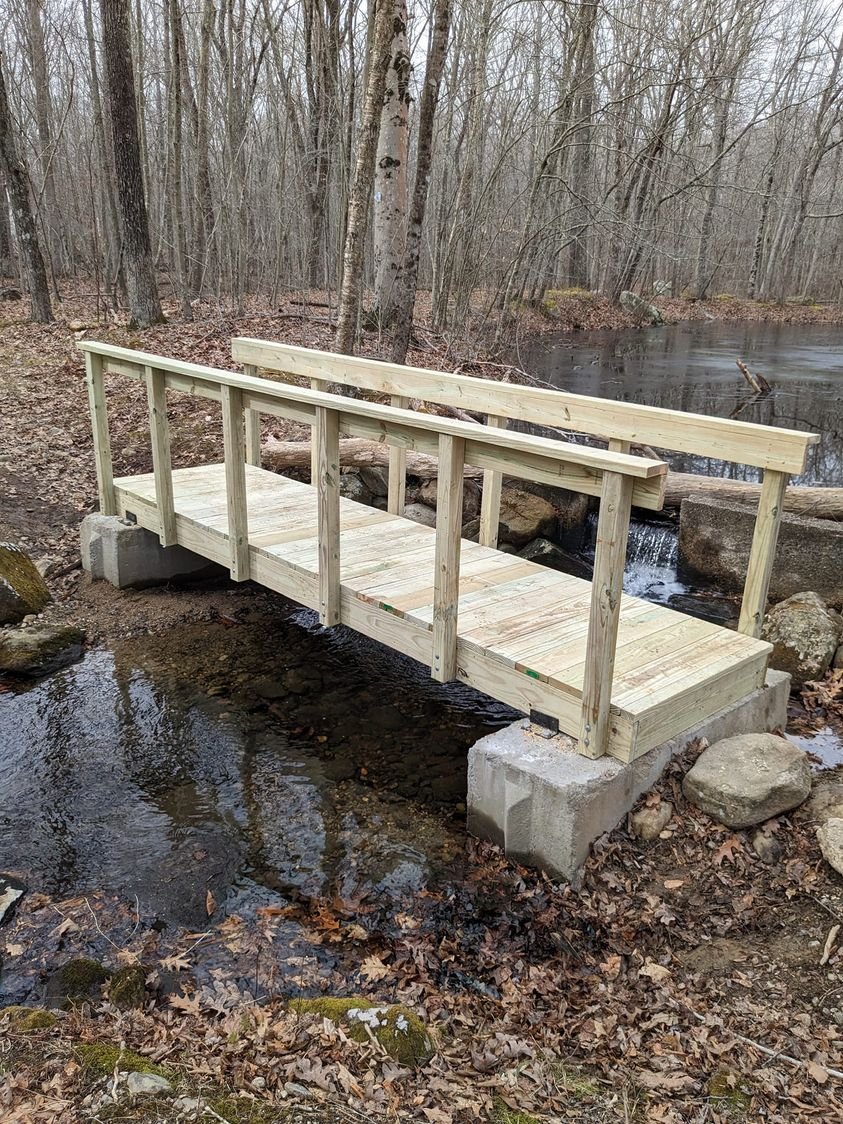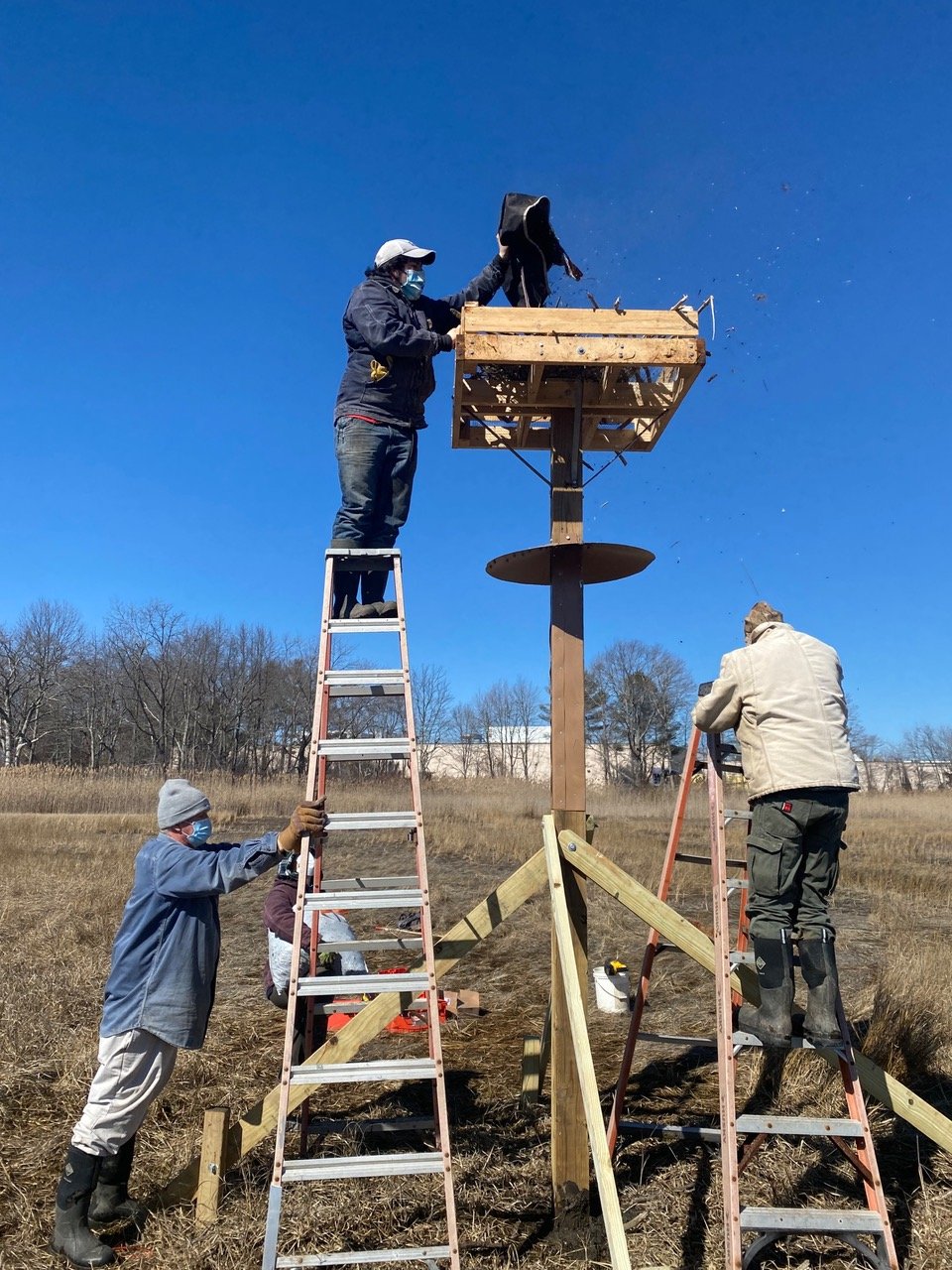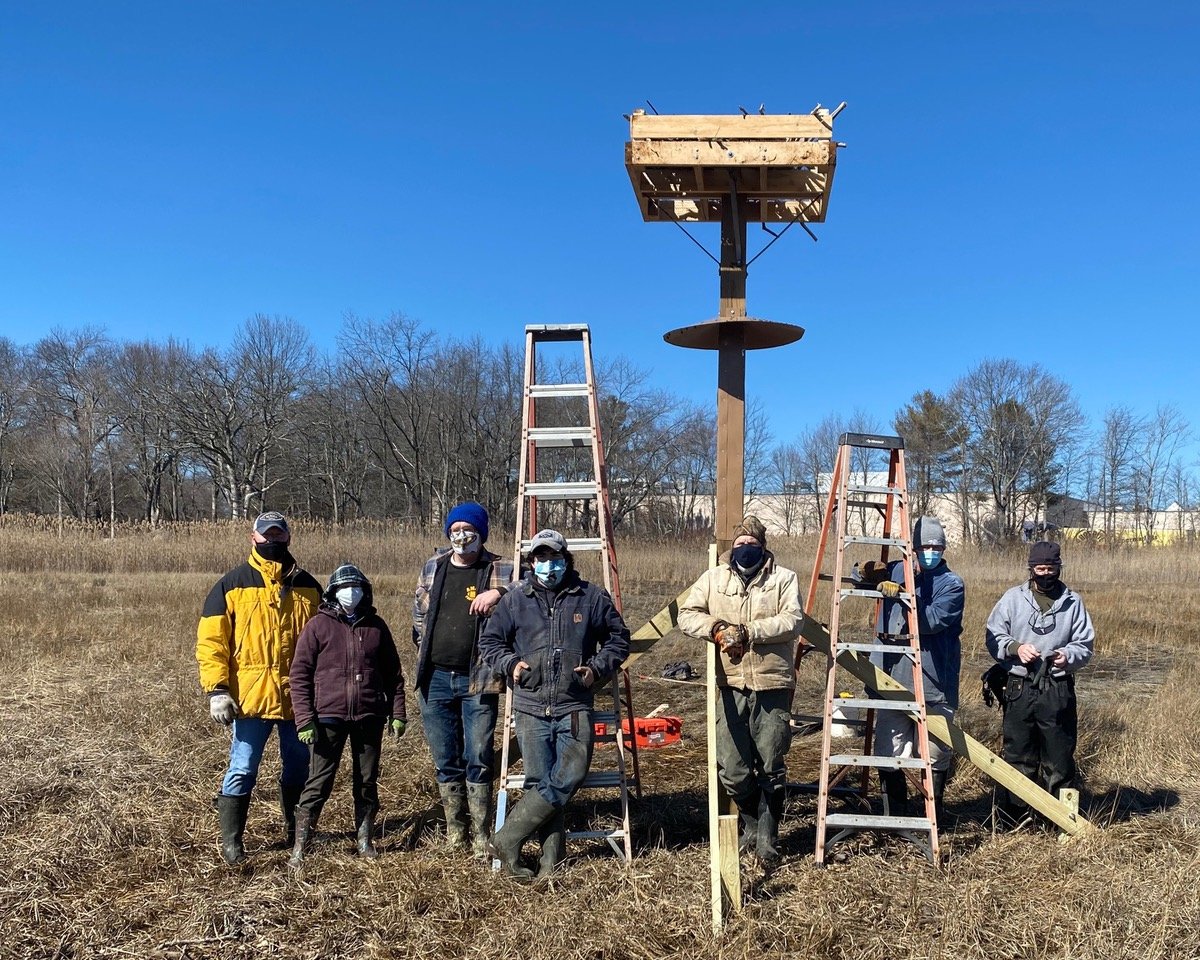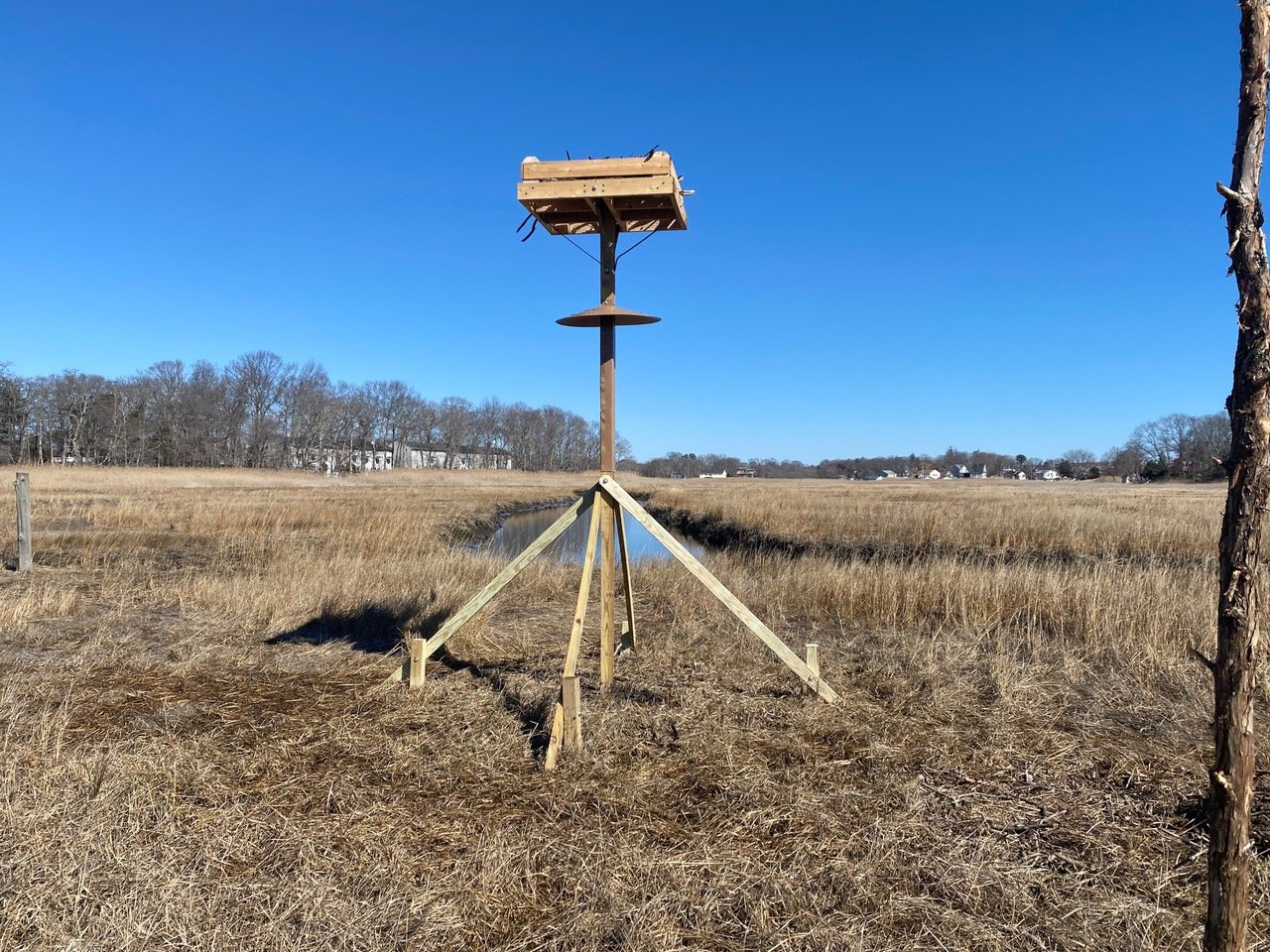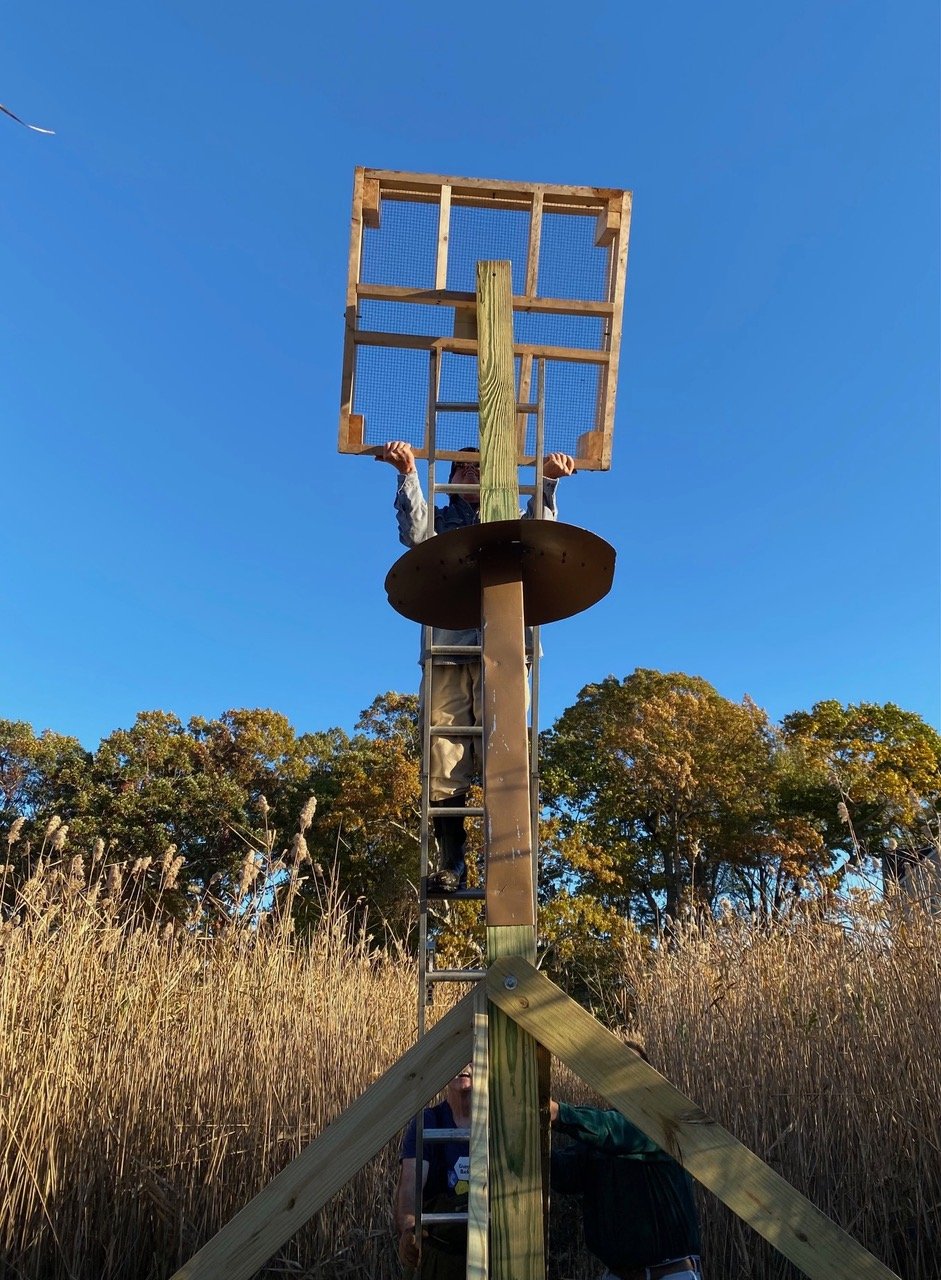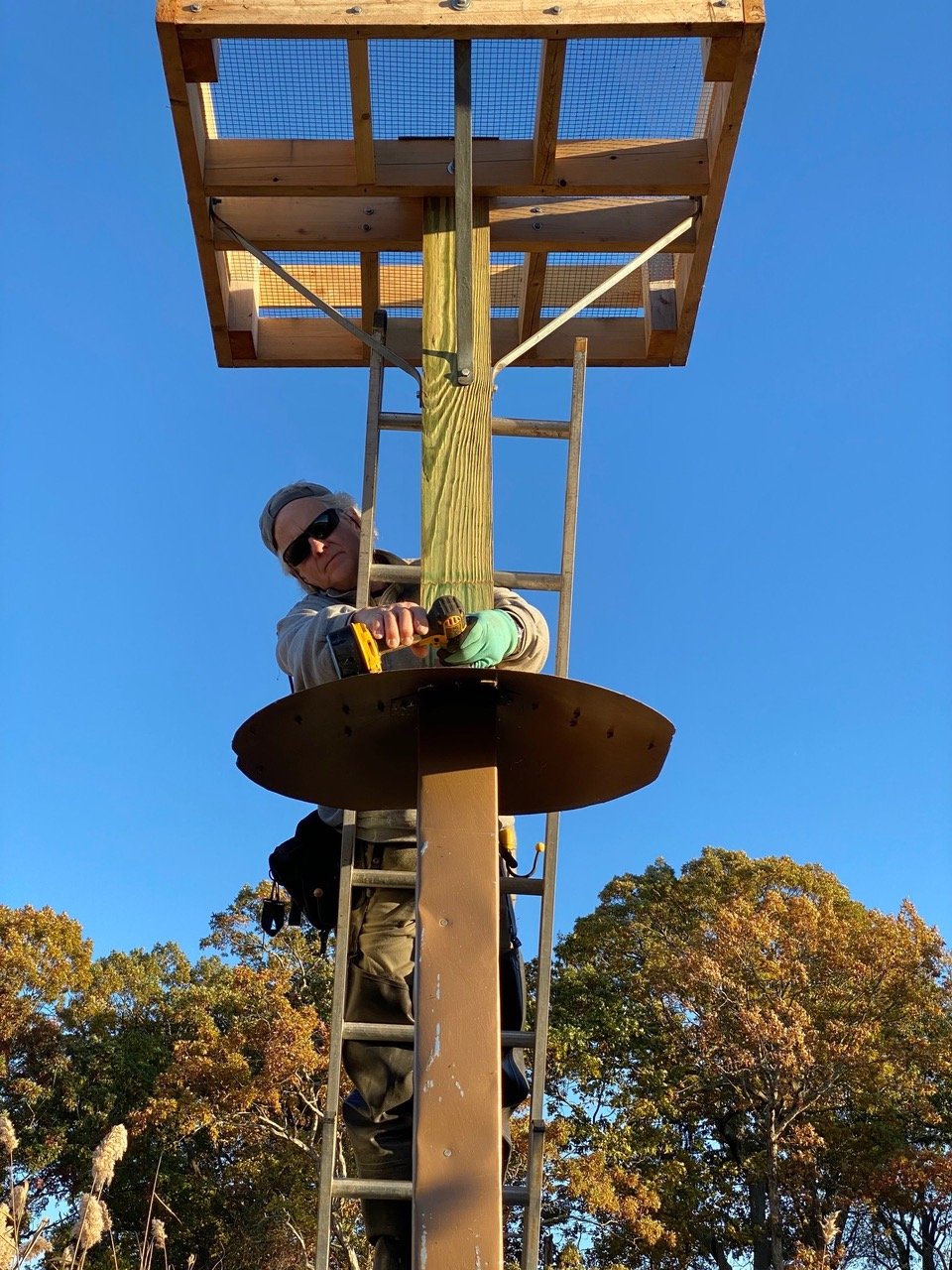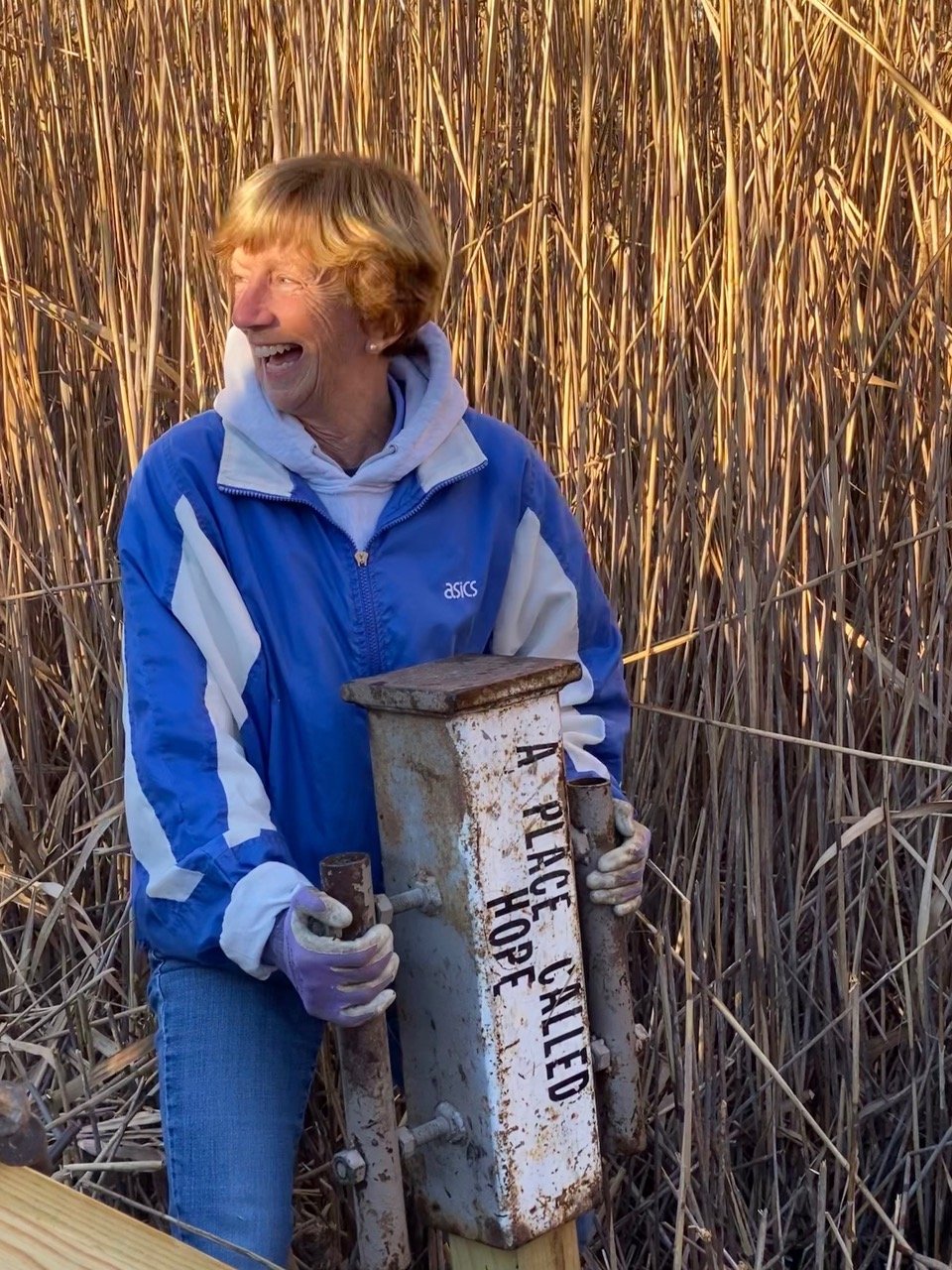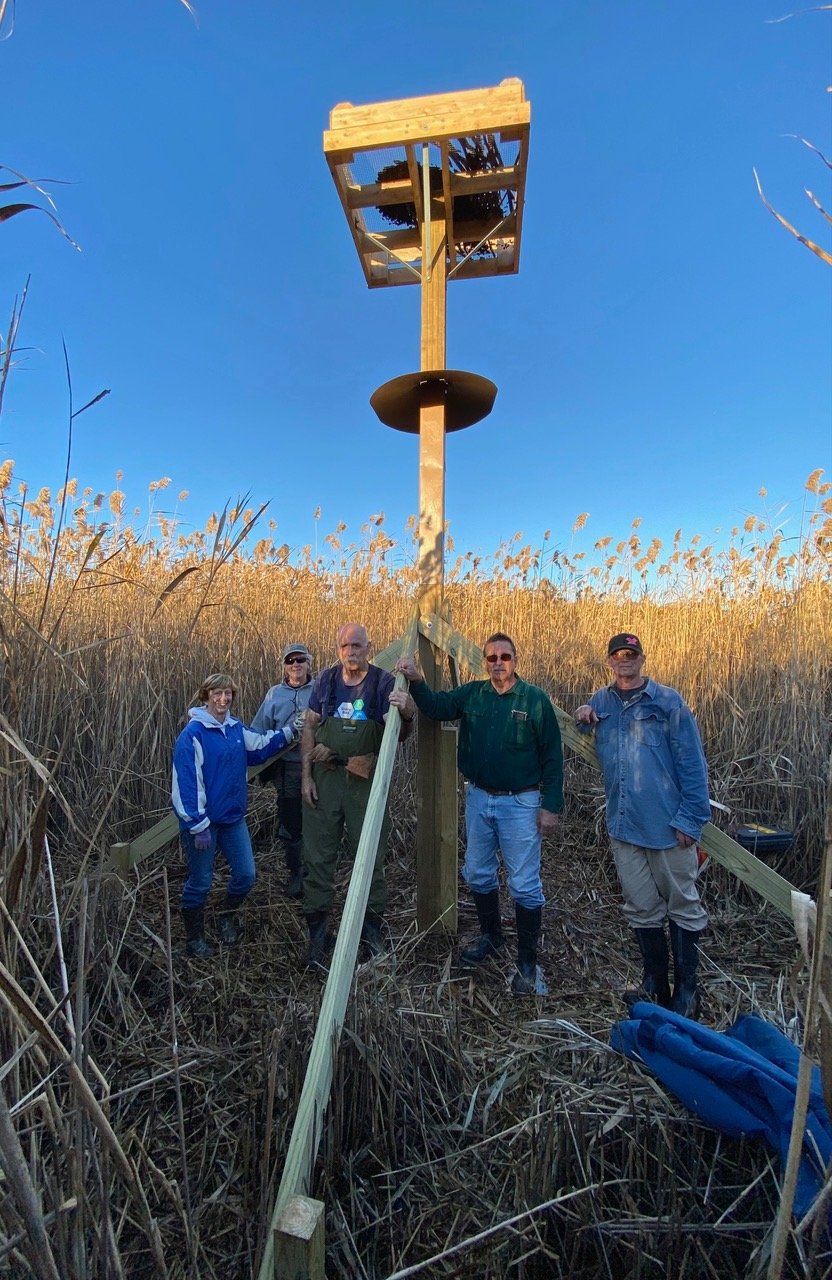
Your Land Trust needs you!
There are many ways to volunteer with the Clinton Land Conservation Trust (CLCT) – in the field, at home or at events. We are extremely fortunate to have many dedicated volunteers who bring their energy and talents to ensure the protection and appreciation of Clinton’s natural resources.
Our Land Trust is all volunteer
The Board of Directors (all volunteers) oversees the committees where the work of the CLCT is done. From land acquisition to property management and stewardship, as well as outreach, events coordinators and fund-raising efforts, volunteers handle every aspect of land trust operation.
There is much to do, and we need your help. It’s easy to get started. Volunteers may email Kim Flanagan, Volunteer Coordinator at volunteer@clintonlandtrust.org and let us know how you would like to get involved.
Take a look at the list below and contact us about the ways that you would like to help. Join us and make a difference in your community with conservation-minded friends!
Events and Fundraising
CLCT is dedicated to promoting the benefits of land conservation. The Events Committee plays a pivotal role by offering activities and fundraising events that encourage an appreciation and understanding of the natural world for CLCT members and neighbors
Join us in brainstorming and planning meetings to establish a calendar of events for the year
Organize or help with an event: schedule a date, secure a location, contact vendors, recruit volunteers, shop for and/or collect supplies, keep track of participants and expenses
Bring new ideas to help CLCT with fundraising in our community
Scouts/Youth Organizations/Community Service
From kiosks and sign building to litter pick up and trail assistance, help from our town Scouts and other youth organizations are a great resource for CLCT. We are happy to discuss any special projects or community service events you would like to organize.
technology, marketing, and Administrative Support
Social media marketing
Contact people who have moved to town to introduce them to CLCT
Follow up calls to new members; calls to previous members who became members again this year
Website support – update website as needed
Data entry & analysis
Volunteer Stewardship Opportunities
We will train you in these various positions for CLCT properties!
Trail Volunteer – pitch in to help with basic trail and preserve maintenance. Do it on your own or join a group of like-minded volunteers for a scheduled preserve work party
Property Monitor – walk the perimeter or boundary of a CLCT property once a year – or more often if possible – and file a report. Become a Property Monitor!
Preserve or Trail Steward – adopt a CLCT preserve or trail and gain a thorough knowledge and appreciation, monitor at least a few times a year, and help with maintenance
Land Management Team – sign up to be called upon to help with larger projects such as the removal of fallen trees and obstacles as needed on trails. Helpful skills and tools are:
Has a chainsaw to help remove trees and large branches
Has a small tractor to use for preserve maintenance
Has a power mower or brush hog- for path mowing and clearing of areas.
Post hole digging/ excavation work
Thank you to all CLCT Volunteers!
Before and after-Plank walk upgrade on the blue trail at Jesse Buell Forest
Before and after photos and our all-star team!
Kenilworth Forest Bridge
- constructed January, 2023
Below, are photos of a rebuilt osprey platform on Pratt Rd. and of a brand-new platform. Special thanks to Terry Shaw for his hard work and dedication to this great cause!
Our Trailhead at the Hammocks on Beach Park Road after the removal of many overgrown evergreens. We would like to thank Mike Gregor and his crew from Affordable Tree Experts, our go to tree company when we need big jobs done quickly and professionally!
August Days
We don’t see katydids because they spend their whole lives in the tops of our tallest trees where they lay their eggs in cracks and crevices. They are browsers, so they are surrounded by food. Despite their large wings they don’t fly well. Katydids make the most distinctive sound of late summer nights by rubbing their wings together making a sound like chsh-sh-sh, chsh-sh-sh. — from “A View of Peters Woods” by Bert and Jinny Godwin
